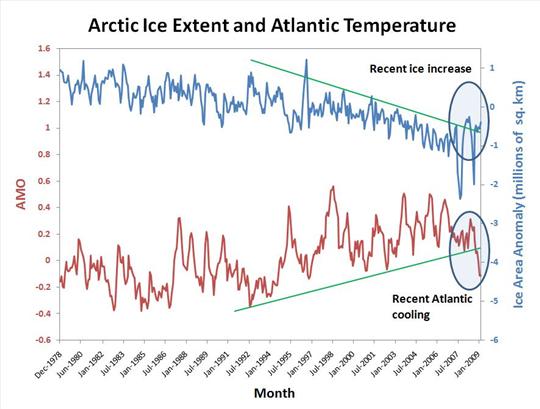OF THE
TIMES
A nation that continues year after year to spend more money on military defense than on programs of social uplift is approaching spiritual doom.
In my view, this is an omen for UK. From Humpty Dumpty, "All the kings horses and all the kings men, couldn't put Humpty Dumpty together again."...
Ann 88. However they are going to be forced to recognise the mad killer bastards in their midst. Given the excesses, the G word, those who have...
Start a Substack. You long-winded commenters. Don’t waste your words here for someone else to steal and monetize, because they certainly will not...
Thought it odd to see photos is white robed Arab men running across the exterior balcony as the fires started. Guess it was nothing to worry...
"Her lawyer, Mr Danglehant..." Shouldn't have seemed funny, but it did. Have to wait for the keyboard to dry out, from the coffee that shot out of...
To submit an article for publication, see our Submission Guidelines
Reader comments do not necessarily reflect the views of the volunteers, editors, and directors of SOTT.net or the Quantum Future Group.
Some icons on this site were created by: Afterglow, Aha-Soft, AntialiasFactory, artdesigner.lv, Artura, DailyOverview, Everaldo, GraphicsFuel, IconFactory, Iconka, IconShock, Icons-Land, i-love-icons, KDE-look.org, Klukeart, mugenb16, Map Icons Collection, PetshopBoxStudio, VisualPharm, wbeiruti, WebIconset
Powered by PikaJS 🐁 and In·Site
Original content © 2002-2024 by Sott.net/Signs of the Times. See: FAIR USE NOTICE

Reader Comments
to our Newsletter